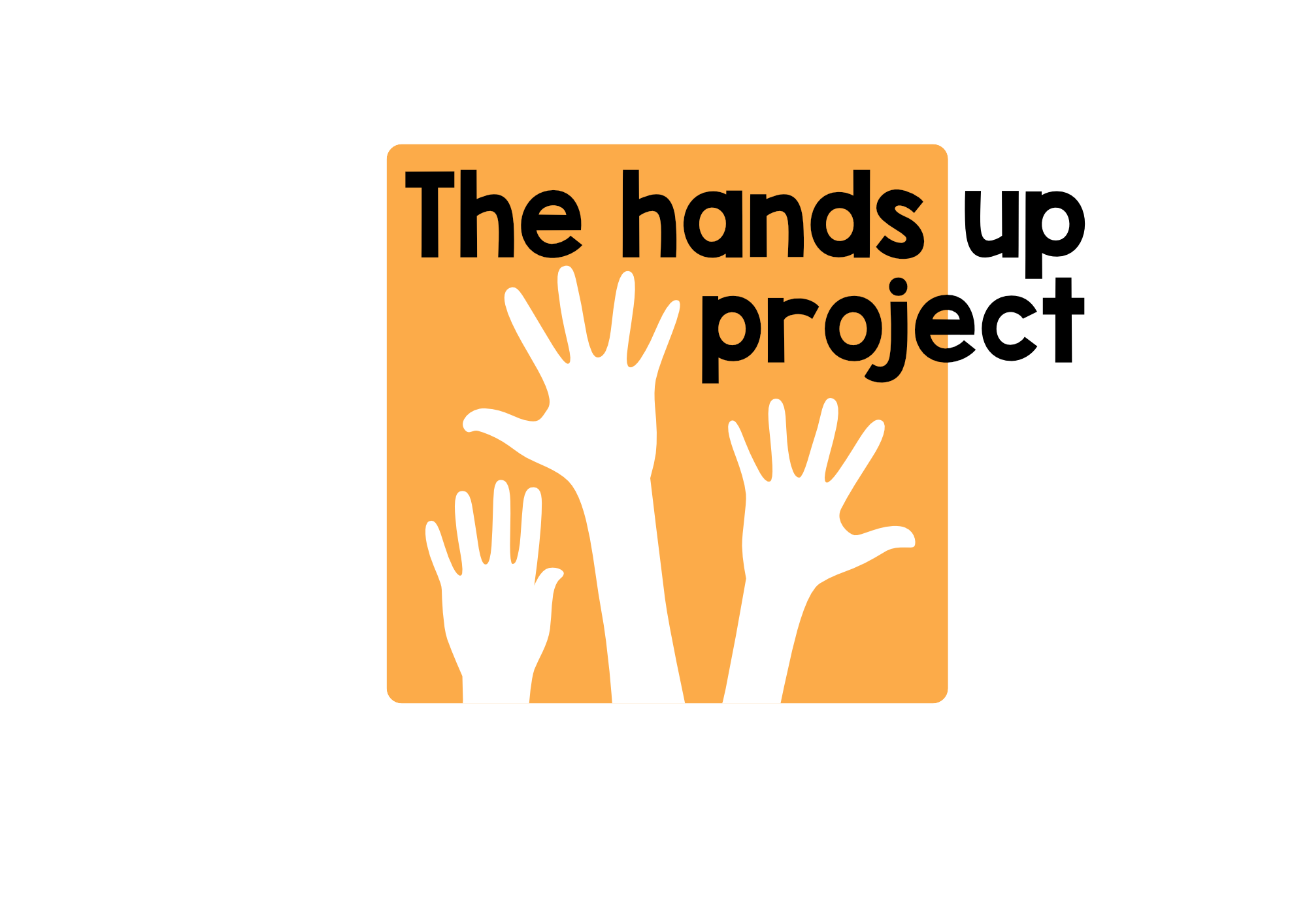Rhythm helps your two lips move
Rhythm is the longest word in English without a vowel, and because of this it can be a tricky word to spell. Generations of schoolchildren have remembered its spelling through the mnemonic:
'Rhythm helps your two hips move'.
Rhythm does help your hips to move of course, but it can also help your lips to move, or rather it can help us to use spoken language in ways which are fluent and natural. Ever since reading Implementing the Lexical Approach (Lewis 1997) in the late nineties, and being strongly influenced by the book's ideas, I've tried to incorporate rhythm, in the form of chants, into my classes to get the lips of my learners moving.
“Phonological patterning is one of the ways we store items in our mental lexicon; it is easier to remember a tune than a sequence of notes...Devising chants -several similarly patterned lines and a contrapuntal last line..- is lexis made memorable and fun.” (Lewis p. 129 )
One thing about chanting is that it encourages use of connected speech: it challenges learners to speak in chunks, rather than in isolated words. This is a central idea of the Lexical Approach - when chanting words flow into each other, and pauses occur naturally between chunks of language, rather than after each word (as often occurs in the speech of beginners).
Using chants and songs can also give lower level learners the experience of sounding fluent in English, and this can do wonders for their confidence. Chants are also very memorable and can even get stuck in our heads so that they become 'ear worms'. We may get fed up of having the latest Kylie Minogue song going round and round in our brains day and night, but for learners of a language this can only be a good thing. It means that what we focus on in class is being processed by the learners long after the class has finished, and this, as teachers, is exactly what we want.
A few years ago I was teaching a group of adult beginners, and I taught them this simple chant to practice the chunk "I'd like a...' as well as food quantifier chunks like 'a cup of...', 'a plate of...' and 'a glass of.. 'One, two, three! I'd like a cup of tea. Four, five, six! I'd like a plate of chips. Seven, eight, nine! I'd like a glass of wine. Several months after the class had finished, I bumped into one of the students in the street. The chant seemed to have stuck with him. In fact, the very first thing he said to me was 'One two three. I'd like a cup of tea' Perhaps this was the only thing he remembered from my classes! :-)
In the videos below (one version with subtitles and one without), Sahar, one of the teachers from Gaza who took part in the storytelling course in Ramallah, is demonstrating her interpretation of the chant that goes with the traditional Palestinian story, 'The farmer who followed his dream'. I wrote the chant to accompany the story, but also as a way to activate a range of useful chunks of language (Last night, when I got there, just had to wait, it's just a.., leave me here, have some fun etc). However, the way of performing the chant, with the gestures and rhythm, is entirely Sahar's creation and is far more engaging than anything I could ever come up with.
So my question to you is this. Could you use this chant (or other ones) with your students? If so, what would you do with it, and for what purpose?
Reference: Lewis, M (1997) Implementing the Lexical Approach ; LTP
